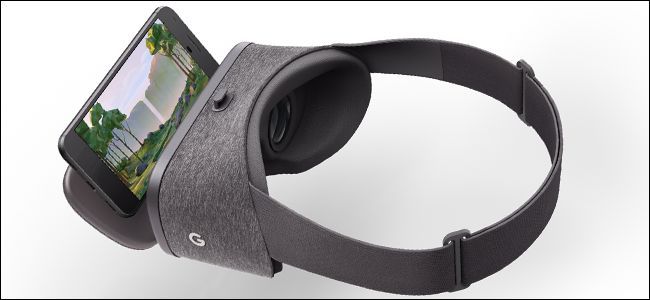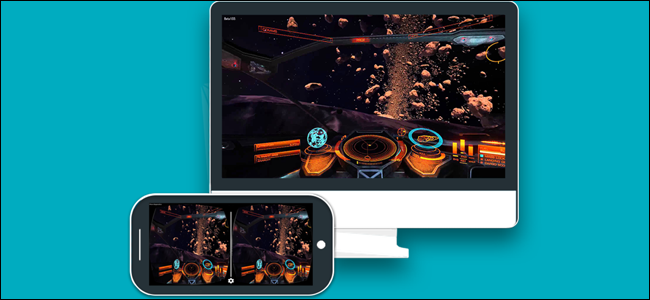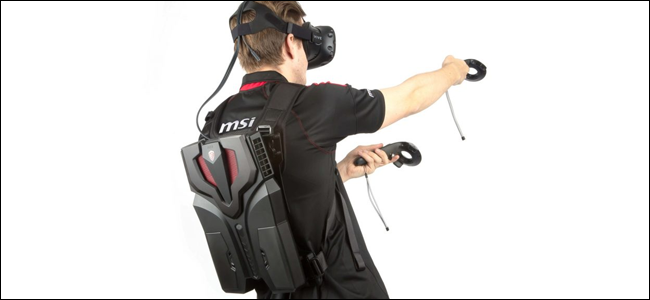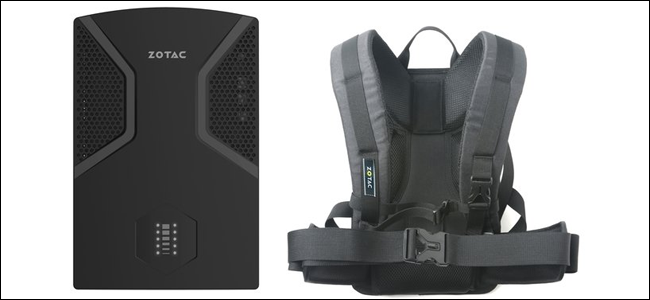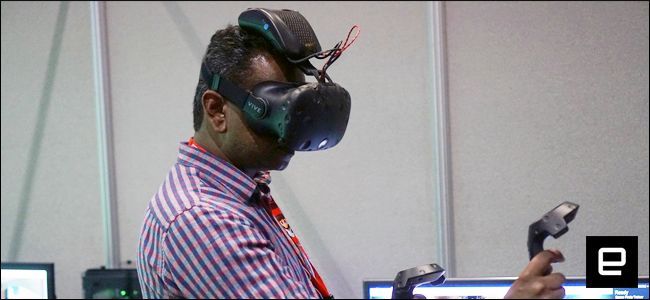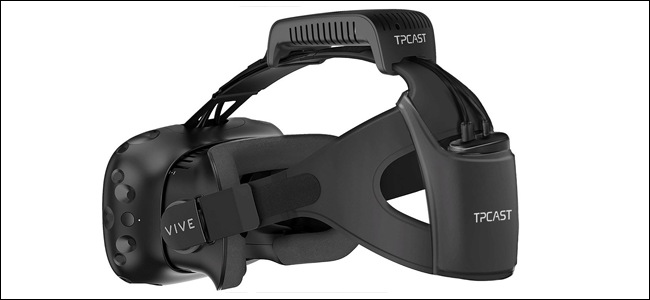Quick Links
Virtual reality is the next big thing in digital gaming...and this time it might even stick around. But one of the biggest hurdles to adoption for VR systems like the Oculus Rift and the HTC Vive is that, at the end of the day, you're strapping a screen to your face and tethering yourself to a computer. Having a thick bundle of cables rip off your headset just as you're getting into the game is a long way from the immersive future we've been promised.
Developers and engineers have been working on a wireless solution almost since the beginning of this VR renaissance. We're not quite there yet---there aren't any full-power solutions that are wireless out of the box, at least at the moment. But those willing to try some unconventional solutions for their setup can get a taste of wireless VR freedom today, and the rest of us can look forward to some of them tomorrow.
The Cheap, Easy Option: Mobile VR Headsets
Technically all of the mobile solutions for VR are wireless, in that they rely on phones that are already sans wires. This has some obvious advantages: it doesn't require a significant investment, since all of the important technology is already in your expensive phone and the headset is little more than a fancy housing and a set of lenses to "blow up" the high-resolution phone screen. Google's older Cardboard VR system is literally named after how cheap it is, though anyone who wants something a little more chic than a cardboard Viewmaster can spring for a more durable plastic version. Google Daydream and Samsung Gear VR are more capable, including more elaborate headsets (that actually stay on your head) and gamepad support, but they are practically limited to mobile-style games at the moment. There's also the compatibility issue: both of these systems require Android and a relatively narrow selection of expensive phones.
However, there is an interesting idea floating around that combines VR-capable PC games and wireless mobile VR headsets. Riftcat emulates the binocular visual systems and head-tracking capabilities of PC-based headsets like the HTC Vive on a mobile phone-and-headset system, streaming compatible games to the phone's screen. You still need a VR-capable PC, phone, high-speed Wi-Fi, and Cardboard-style mobile headset with a strap, but assuming you have at least some of those elements, it's a much more inexpensive way to try full PC VR out. And of course, it's wireless. Riftcat is free to try with in-game time limits, or a reasonable $15 for the full version. Keep in mind that the software is still in development. Just remember that you can't use the Vive's motion controllers with Riftcat, so you'll have to stick with games that work with a gamepad.
The Expensive, More Powerful Option: Backpack PCs
So streaming HD VR video and audio, along with all kinds of spatial and motion data, is hard. Why don't we get rid of wires on the other side of the gaming PC? That's the idea behind several models of "backpack PCs" now on sale and in development. Essentially, these gadgets are gaming laptops stuffed into a semi-rigid backpack shell, with high-speed Wi-Fi for Internet and video-out connections for an Oculus Rift or Vive headset. With both standard PC components and the headset running on a battery, and all that heavy hardware supported by your own meaty skeleton, it's a "wireless" solution that can keep your movement completely unencumbered while you play.
At the moment, this seems like the best solution for someone who's both impatient for true wireless VR to arrive, and flush enough to afford what's basically a custom gaming PC for VR and only VR. Of the handful of designs that have emerged thus far, MSI's VR One backpack seems to be the most well-thought-out, with a hard shell casing, double hot-swappable battery bays, and various models with different Intel and NVIDIA-based internal components. The cheapest one starts at $1800, with more expensive models going up to about $2500. And no, that doesn't include a VR headset with the package.
Similar designs like the Zotac VR GO and the XMG Walker (available only in Europe) cost about the same, and HP will have a more mainstream Omen-branded backpack on sale sometime this year. Of course, if you're feeling thrifty and you have the fashion sense of a 21st century MacGyver, you could always try to make your own VR backpack with a standard gaming laptop, a modified backpack, and a lot of of hope.
True All-Wireless Systems...Aren't Quite Here Yet
If you can wait a few months, and then a few more months after everyone misses their assigned launch date, you might just be able to buy a truly wireless PC-powered VR headset. HTC has stated publicly that its first-party wireless/battery combo, manufactured with low-latency tech courtesy of Intel, should arrive sometime in 2017. It will be an add-on to the Vive headset (which still requires some kind of gaming PC), and at the moment we still don't know the price. But with just seven milliseconds of latency thanks to Intel's WiGi and DisplayLink technologies, it should be able to handle even fast-paced online multiplayer games.
A third-party solution is a little more attainable...perhaps. A company called TPCast has been showing off a different wireless adapter for the Vive headset, with the same battery and video transmitter setup. It was scheduled to go on sale in April, but that doesn't seem to have happened---Amazon is still listing it with an undated preorder, and even the earlier reported $250 price tag isn't in place. Two systems from other vendors will work with both the Oculus Rift and the Vive: the KwikVR and the Sixa Rivvr. Neither one has a release date, but the latter is taking pre-orders for $60...and considering the trouble that the others are having, I'd suggest waiting on that.
Oculus Rift is working on a first-party wireless solution too, but they're considerably behind HTC's team-up with Intel. The next generation Rift, codenamed the Santa Cruz prototype, is fully wireless, combining high-speed video transfer, battery power, and room-mapping technology to make everything work together. But that prototype was still in the early stages back in October of last year, and it's not clear if the wireless technology will make it into the next revision of hardware that comes to the retail marketplace.
At the moment fully wireless, PC-quality headsets are still something of a pipe dream. If you're waiting for wireless options to invest in a VR system, there might just be one or two that you can buy before the end of 2017. But for more cohesive and immersive wireless virtual reality, we're going to have to wait for this fledgling market segment to mature a bit more.


